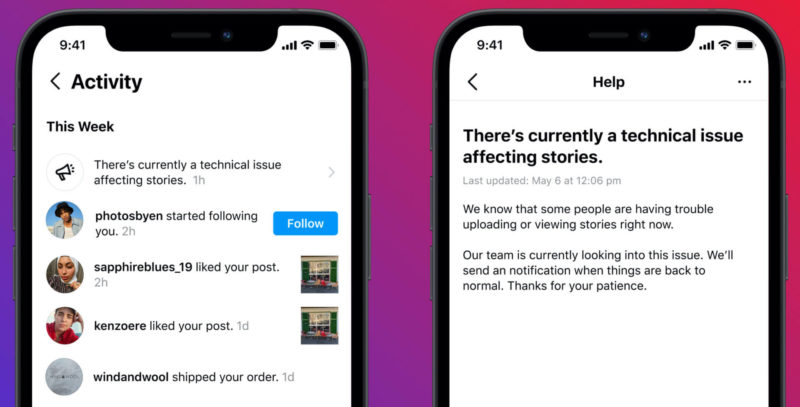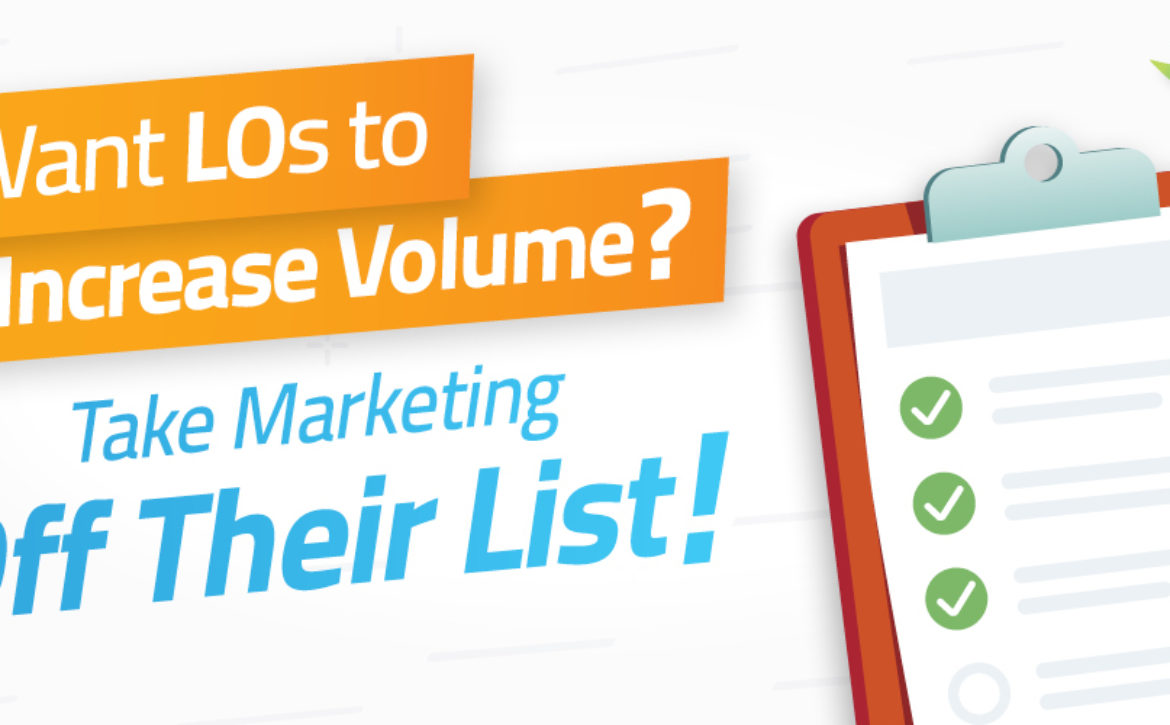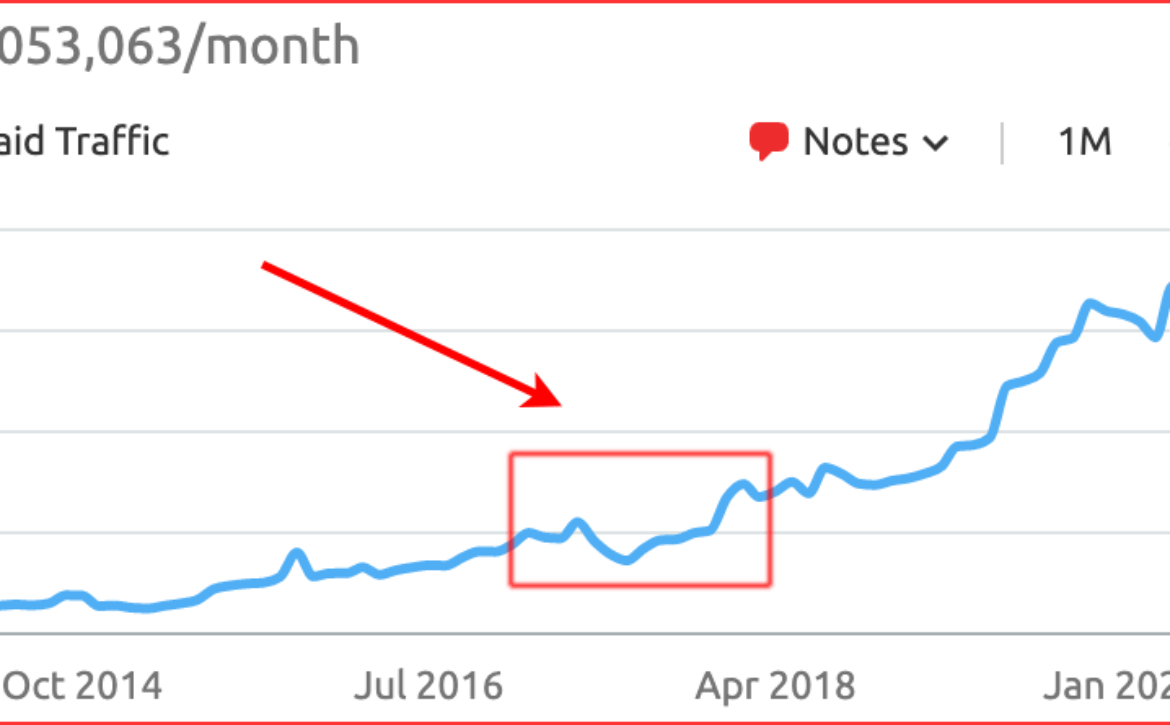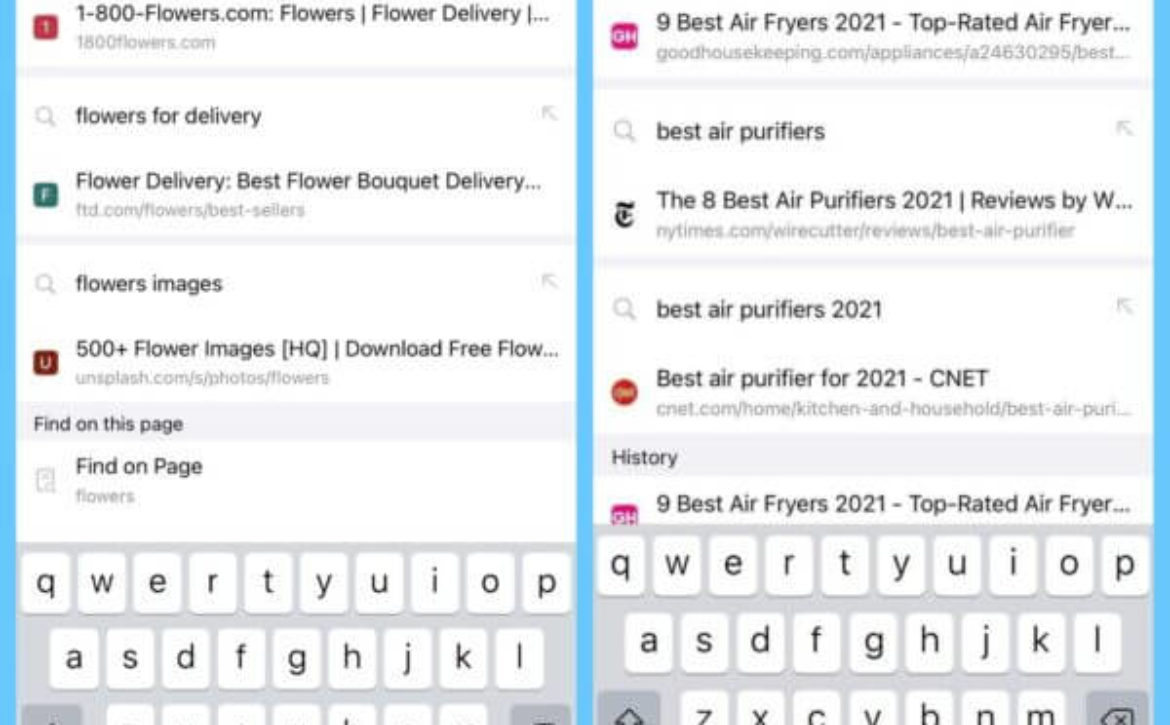The possibilities are infinite (or at least the mobile SERPs are); Friday’s daily brief
Search Engine Land’s daily brief features daily insights, news, tips, and essential bits of wisdom for today’s search marketer. If you would like to read this before the rest of the internet does, sign up here to get it delivered to your inbox daily.
Good morning, Marketers, and where is search marketing headed?
This year’s SMX Next keynote (delivered by yours truly) is dedicated to advancing your search marketing career (regardless of whether you’re a manager, a specialist, a CEO, or a consultant). The job market is wild right now. More companies are investing in SEO and PPC after the pandemic proved online is THE place to be — no matter your business.
On the consultancy side, at the start of the pandemic, I had many clients pull back on their SEO investment because they weren’t sure what was going on and what the future looked like. A month or so in, though, I got a huge influx of leads because businesses realized they HAD to play the SEO and PPC game just to show up to the starting line. It became table stakes.
That reality has only continued to grow. And marketers are the beneficiaries. But what does it mean for your career especially as the big players continue to take away more of our controls and levers? What skills are critical for us as we’re continuing to advance in our professional development? Here are just a few I think will be the game-changers in 2022:
- Working on search marketing soft skills
- Practicing negotiation everywhere
- Choosing your career path purposefully
What else? Register for SMX Next to hear the full keynote on November 9.
Carolyn Lyden,
Director of Search Content
They see me scrollin’: Google rolling out continuous scroll on mobile
Google’s mobile search results now offer infinite scroll, what Google is calling continuous scroll. So as you scroll, Google will not show you the “more results” button when you reach the bottom of the page, instead, Google will just load the next page of results automatically.
Why we care. This may (or may not) encourage searchers to look beyond the first few results and scroll more through more results. It is yet to be determined how this might impact your click-through rates and traffic from Google search but keep an eye on it.
Microsoft will shutter LinkedIn in China by the end of the year
Microsoft will shut down its localized version of LinkedIn in China by the end of the year, the company announced Thursday. Microsoft cited a difficult operating environment, enhanced compliance requirements and a lack of success with the social aspects of its platform as reasons for shutting down LinkedIn in China.
InJobs to launch in China. As it sunsets LinkedIn, Microsoft plans to launch InJobs, a new, standalone jobs application for China, later this year as well. Unlike LinkedIn, InJobs will not have a social feed or the ability to share posts or articles.
Why we care. Sunsetting LinkedIn in China is likely to hinder B2B businesses that have a partner there or rely on the platform for communication with potential partners. Additionally, LinkedIn advertisers will no longer have access to users in China. However, it is likely that InJobs will offer some of these capabilities.
Microsoft publishes holiday 2021 checklist to help retail advertisers in a changing ecommerce landscape
The holiday season has officially started (hey, I count Halloween), and most retailers and shopping advertisers have planned their holiday campaigns already. New data from Microsoft indicates that “retail industry and advertising best practices have changed over the last two years, indicating growing e-commerce adoption and shopping that will begin earlier than ever,” said Eugene Goldenshteyn, Senior Product Marketing Manager at Microsoft Advertising. So what can you do now that we’re in the thick of it?
- Start now: Respondents said they’ve already started holiday shopping.
- Reconfigure your ROI calculations: The market will be more competitive than ever.
- Always be testing: Now is not the time to set it and forget it.
- Optimize your shopping campaigns: Lots more people will be buying online this year.
The guide includes specific “What to do” recommendations for each suggestion, including reviewing last season’s campaigns for successes and lessons learned and testing In-market Audiences, directly and indirectly, related to your industry.
How to build a high-performing marketing team
As we get closer to SMX Next, I’ve got professional development on the brain. This year we’re including a Career track with sessions on “How to find and support entry-level SEO talent” and “Climbing the ladder from paid media manager to CMO in a world of automation.”
That’s probably one reason this article from Emily Hackeling at Front stuck out to me. She partnered with Dr. Ron Friedman, a social psychologist specializing in human motivation, and author of The Best Place to Work and Decoding Greatness to collect data on what makes teams work. Here’s the tl;dr. The highest performing teams…
- Communicate frequently and openly: Members of high-performing teams don’t shy away from honest dialogue, sharing both positive emotions, like wins and jokes, and negative comments, like critiques and complaints.
- Build relationships on purpose. High-performing team members build friendships and are more likely to view their teammates as kind and trusting.
- Meet with a purpose. The best teams don’t waste meeting time — 77% come to the meeting with a set agenda.
- Prioritize inclusivity and diversity. Companies with executive teams in the top quartile for gender diversity were 25% more likely to have above-average profitability than companies in the fourth quartile.
- Bring care to the workplace. High-performing teams care deeply about the quality of work they’re doing each day and the impact it has on the world around them.
If you’re a manager or looking to be one soon, these indicators may be #goals to work toward.
Search Shorts: Google Partners Rewards site down, temporary API extensions, a guide to content audits, and supply chain issues
The Google Partners Rewards site went down for maintenance for over 24 hours. Hat tip to Brett Bodofsky for the heads up. PPCers are hoping the extended downtime means more and better goodies.
Request temporary extension for v1.4 of the AdSense Management API. As of October 12, 2021, v1.4 of the AdSense Management API is no longer available. Google is “temporarily accepting extension requests for v1.4 of the AdSense Management API. If you would like to request an extension, please send us your project number. Note that this is a short extension period. All extensions will expire on October 26, 2021 regardless of when the request was made.”
The complete guide to content audits. This new guide from SEO whiz Crystal Oritz includes how to identify poorly performing content, determining which content is cannibalizing your rankings, and what to do when your content has a too-high bounce rate.
The shopping season is likely to be plagued by supply-chain issues. FexEx, UPS, and USPS have released their holiday 2021 shipping deadlines. Shipping issues, labor shortages, and a lack of materials means advertisers should prep their holiday campaigns for potential supply-chain issues.
Quote of the Day
“People don’t buy products or services. They buy transformation… and results.” Julia McCoy, founder of Content Hackers.
The post The possibilities are infinite (or at least the mobile SERPs are); Friday’s daily brief appeared first on Search Engine Land.












